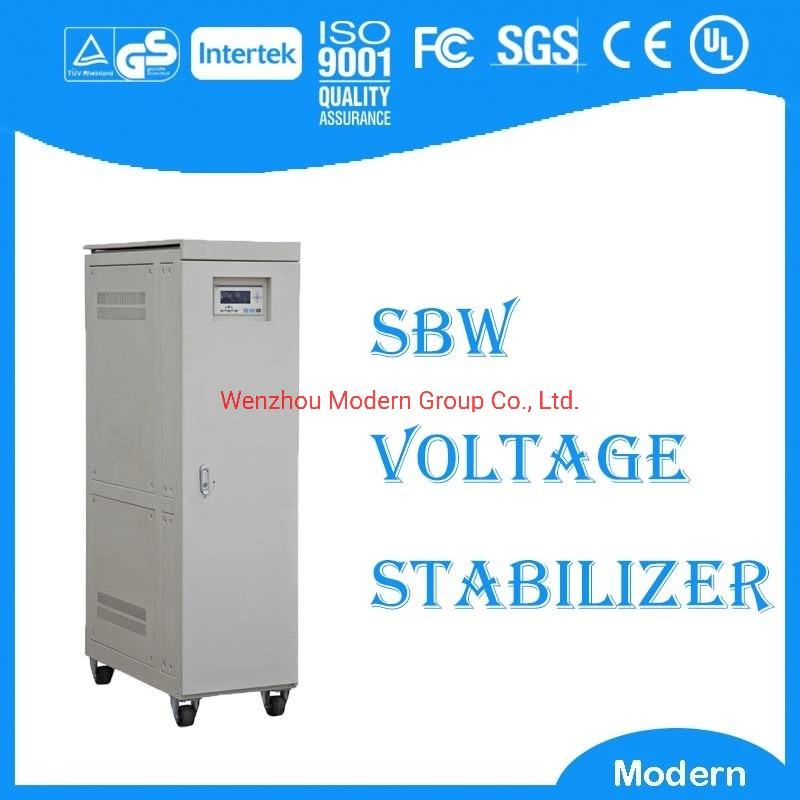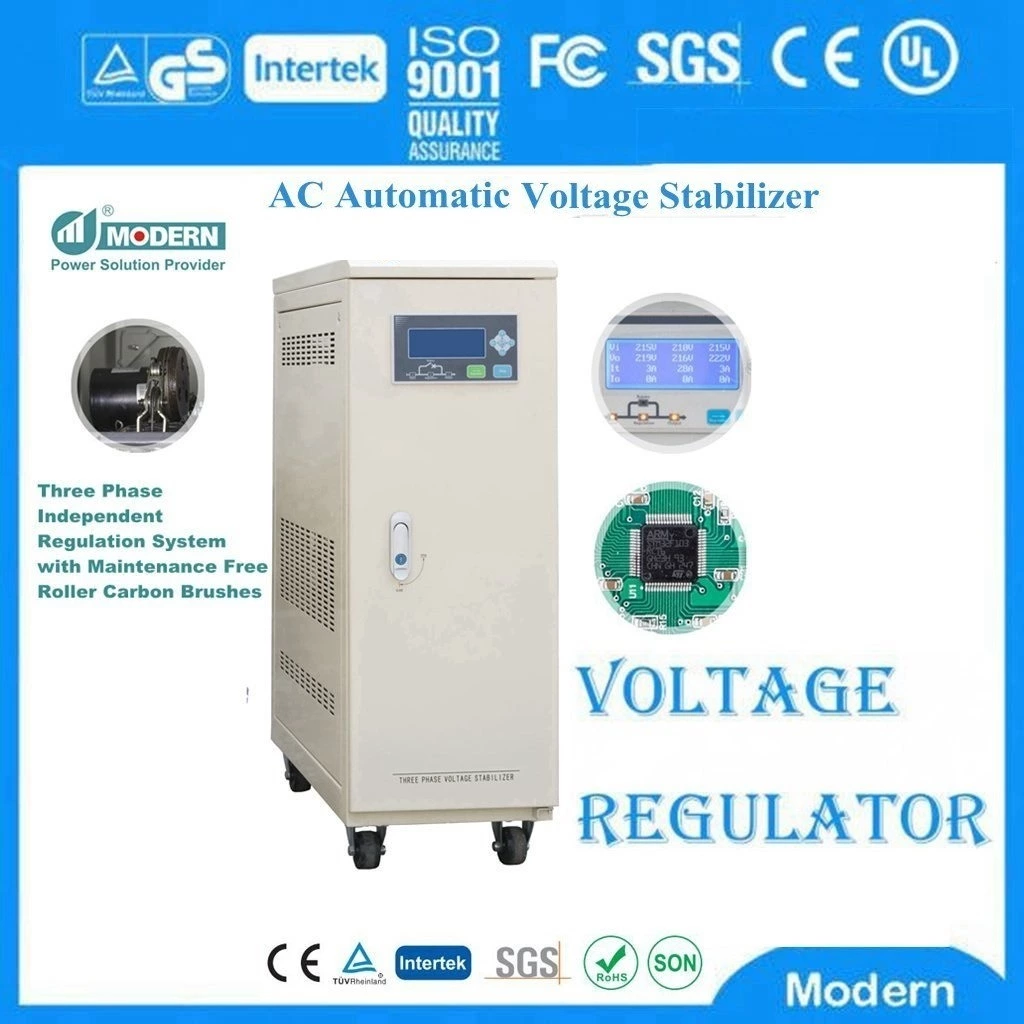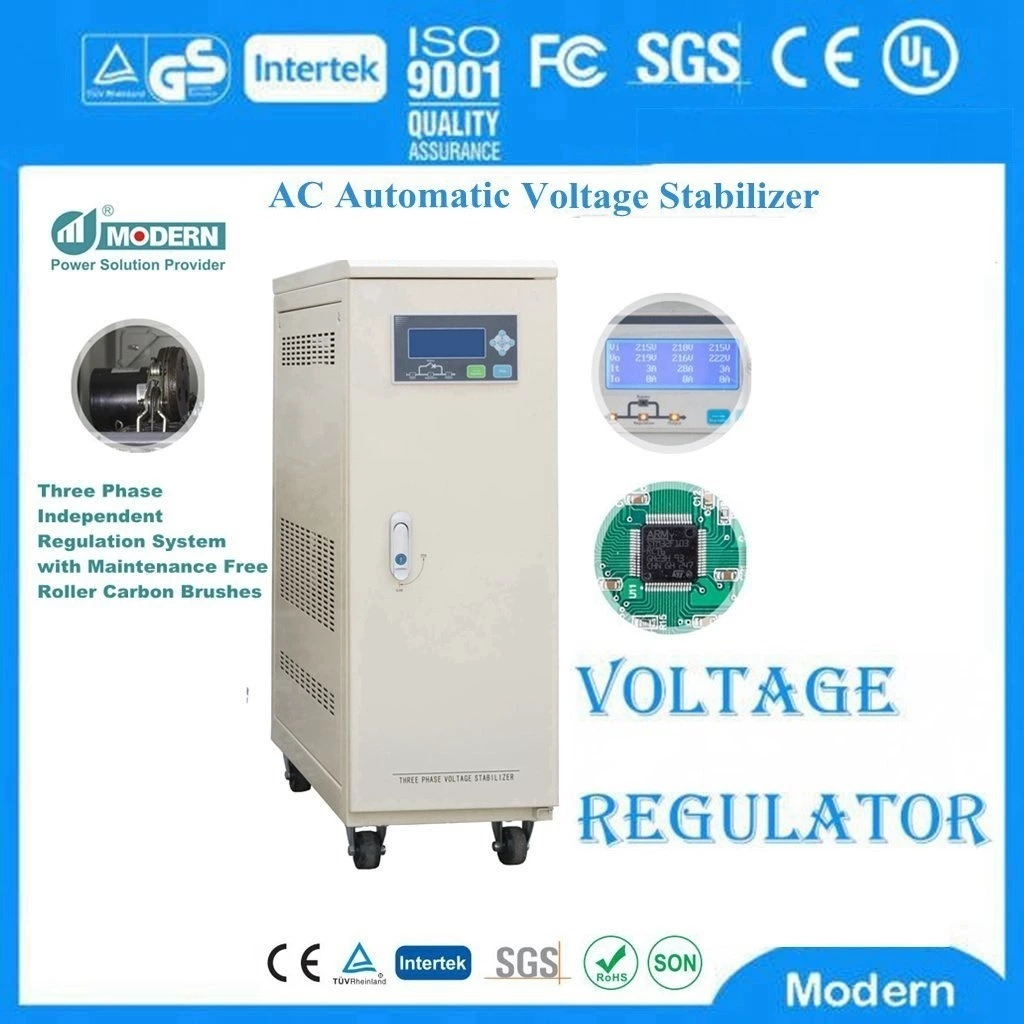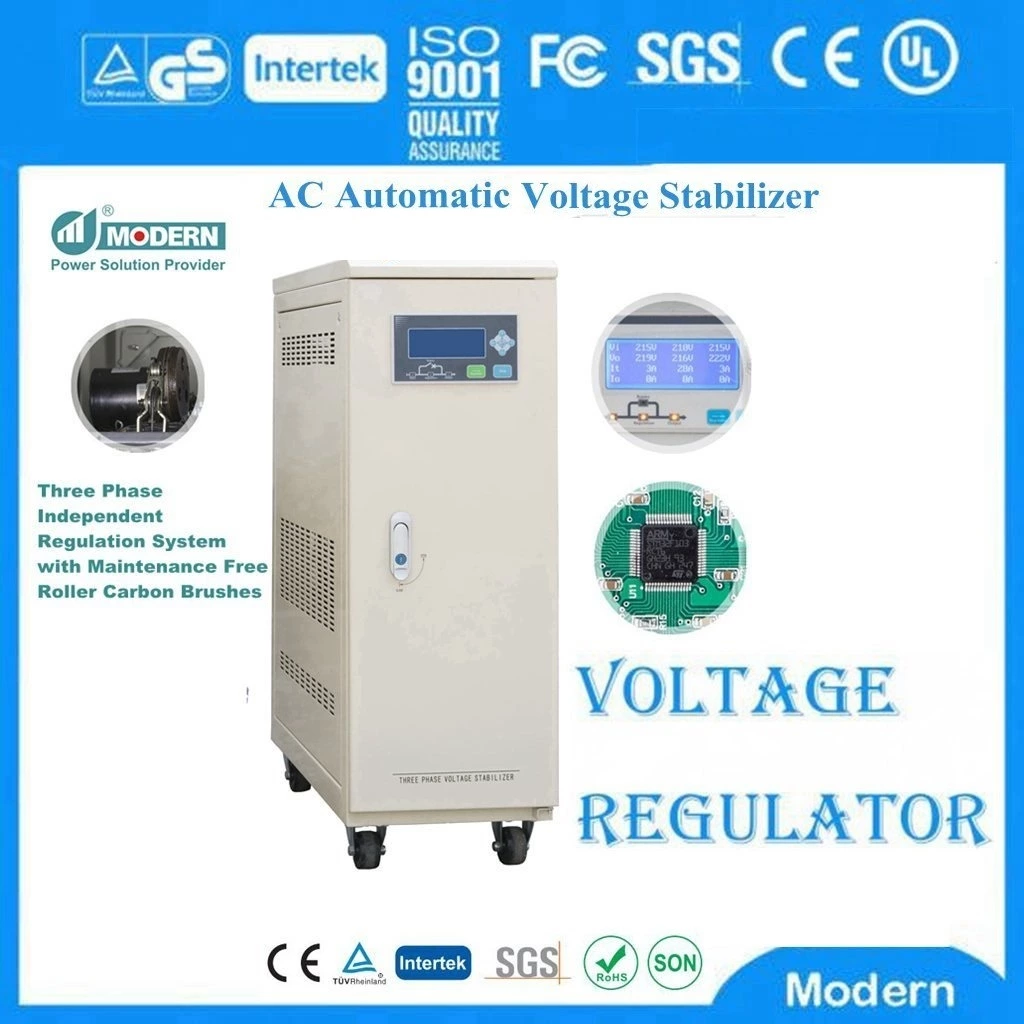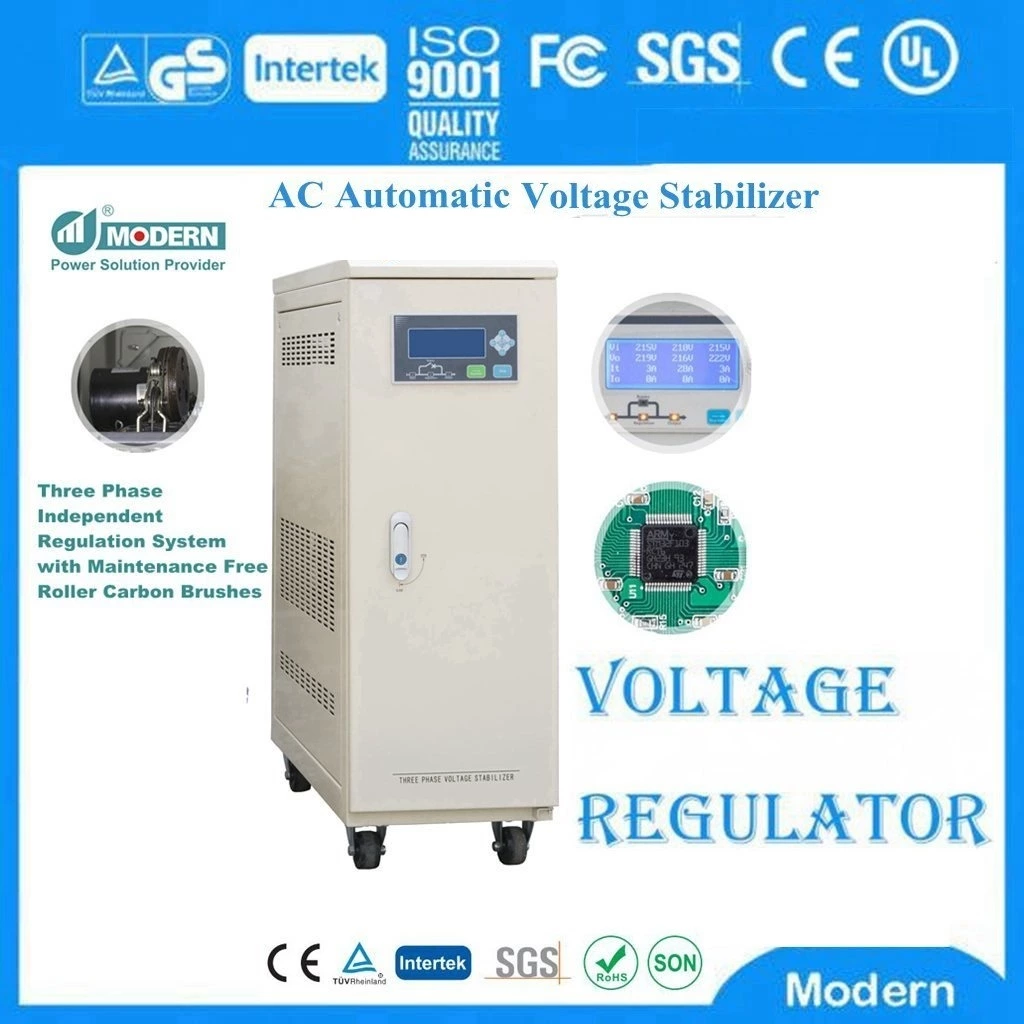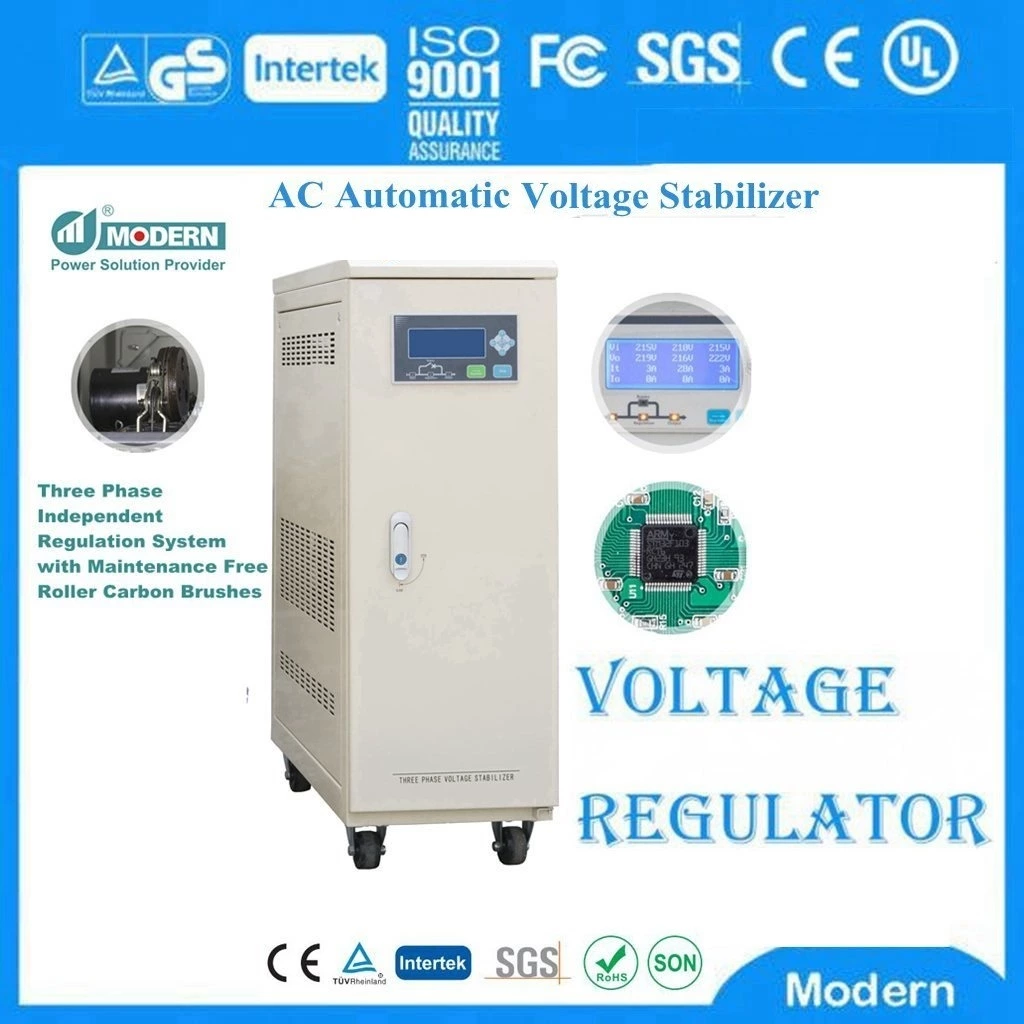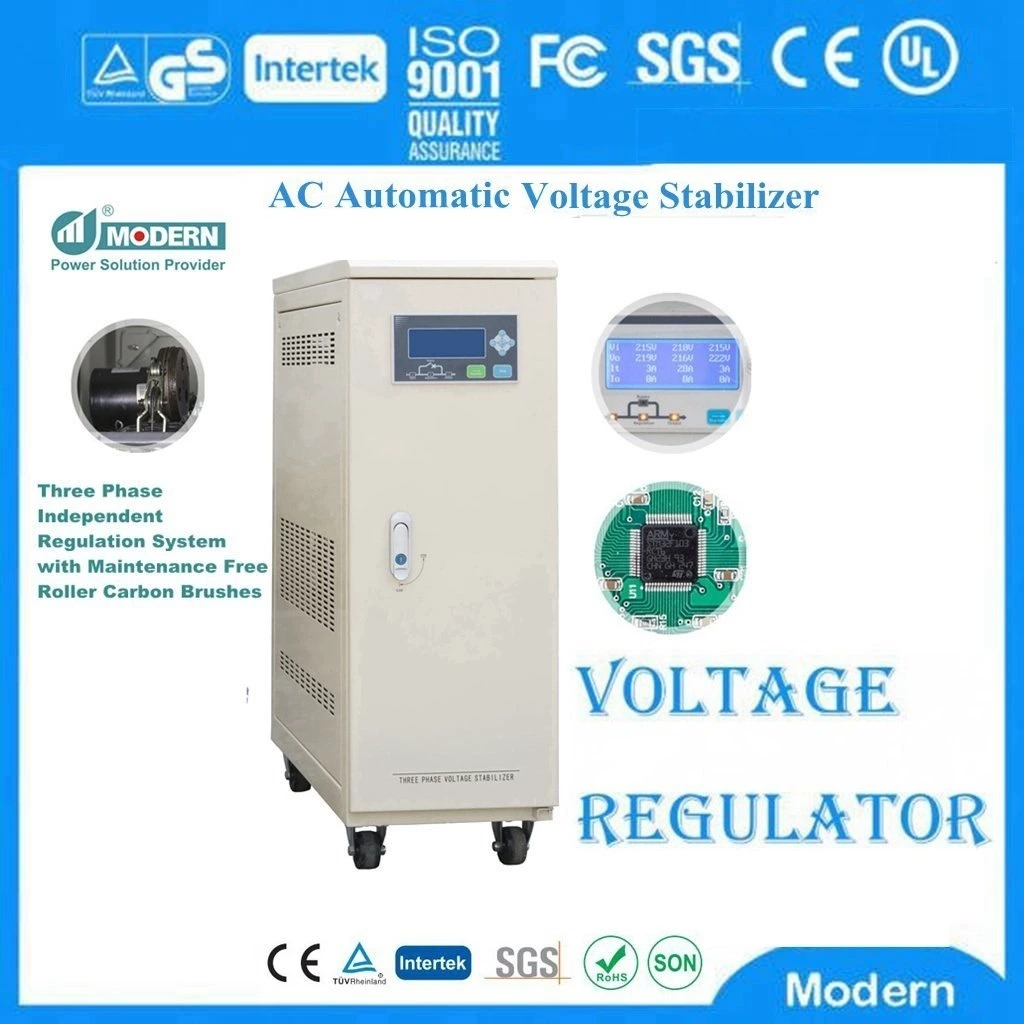Home Voltage Stabilizer Installation Steps
In the previous article, we have explained how to choose Automatic Voltage Stabilizer to avoid some mistakes during installation.
1. Open the package, and then check whether the shell, electric meter, switch, indicator light, etc. are damaged. Only when there is no damage can it be used.
2. The input end also needs to be plugged into the distribution board, and then a fuse that matches the power of this device is installed on the user's distribution board to ensure the safety of electricity use.
3. It is necessary to connect the power supply of the electrical equipment to the output end of this equipment, but one thing that needs more attention is whether the applicable voltage of the electrical appliance is 220V or 110V. Do not connect it wrong.
4. First turn on the power switch of the voltage stabilizer, and then follow the working indicator light and the delay indicator light. There is no power output. After 3-7 seconds, power is supplied. Observe whether the indicator light normally indicates 220V. When the output voltage is normal (220V), turn on the power switch of the electrical equipment.
5. It is important to remember to turn off the power switch of the electrical equipment when it is not used for a long time, and also turn off the power switch of the voltage stabilizer. In this way, power consumption can be reduced and the service life of the voltage stabilizer can be extended.
6. The household voltage stabilizer must not be overloaded. When the mains voltage is low, the output capacity is reduced, and the load of the voltage stabilizer should be reduced accordingly.
7. If the electrical appliances include refrigerators, air conditioners, water pumps and other equipment with motors, a voltage stabilizer with a capacity of more than 3 times should be selected to prevent the starting current of the equipment from exceeding the voltage stabilizer fuse or overcurrent protector current, causing the voltage stabilizer fuse to melt or trip and fail to work.
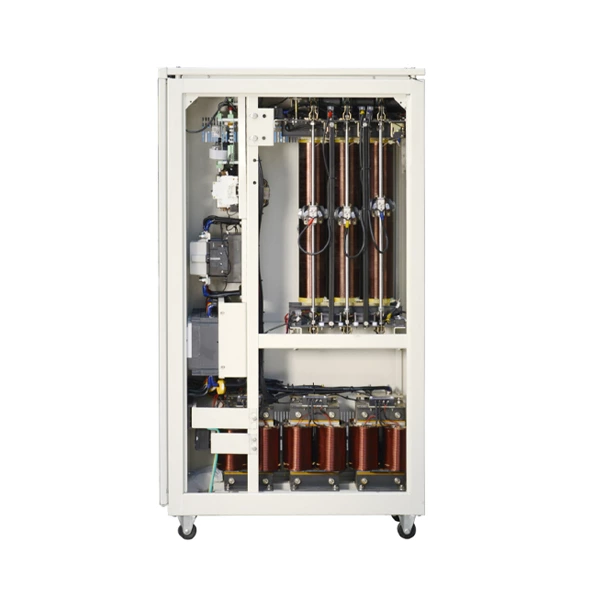
 Русский
Русский
 Français
Français
 Português
Português
 Español
Español
 اللغة العربية
اللغة العربية
